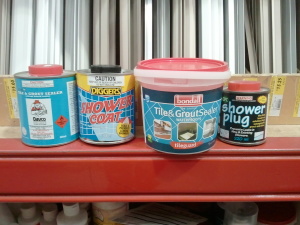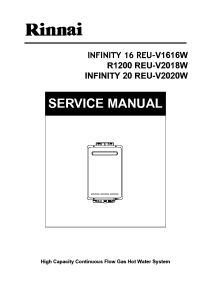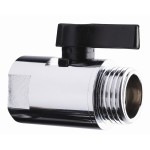One of our larger frustrations with the house is the complete lack of powerpoints in the rooms. The three children’s bedrooms only have one electrical point in each room, our bedroom has only two electrical powerpoints, and the main living areas also have a severe lack of powerpoints.
We have set-up a desk for our children on the “Meals” area of the house so that we can supervise them on the computer and with their homework, but there are no powerpoints in that area, and only two in the “Family” area. The “Formal Dining” room, which is my office, has only a single power point. From that single electrical point we are stuck running all of our networking, printer, and my computer from. It is definitely not an ideal set-up.
On top of that, the only thing that you are allowed to legally do in Australia for electrical work as a DIYer is replace a light bulb! Anything else must be done by a very costly electrician. I bet that the electrical unions absolutely loved getting that bit of legislation passed …


 To use us as an example, we have a Rinnai R1200 High Capacity Continuous Flow Hot Water System. It is not a storage system, so there is no tank of hot water, but rather it heats the water on demand.
To use us as an example, we have a Rinnai R1200 High Capacity Continuous Flow Hot Water System. It is not a storage system, so there is no tank of hot water, but rather it heats the water on demand. I don’t know about you, but no matter how quick I am in the shower there always seems to be times that the water is running needlessly.
I don’t know about you, but no matter how quick I am in the shower there always seems to be times that the water is running needlessly.